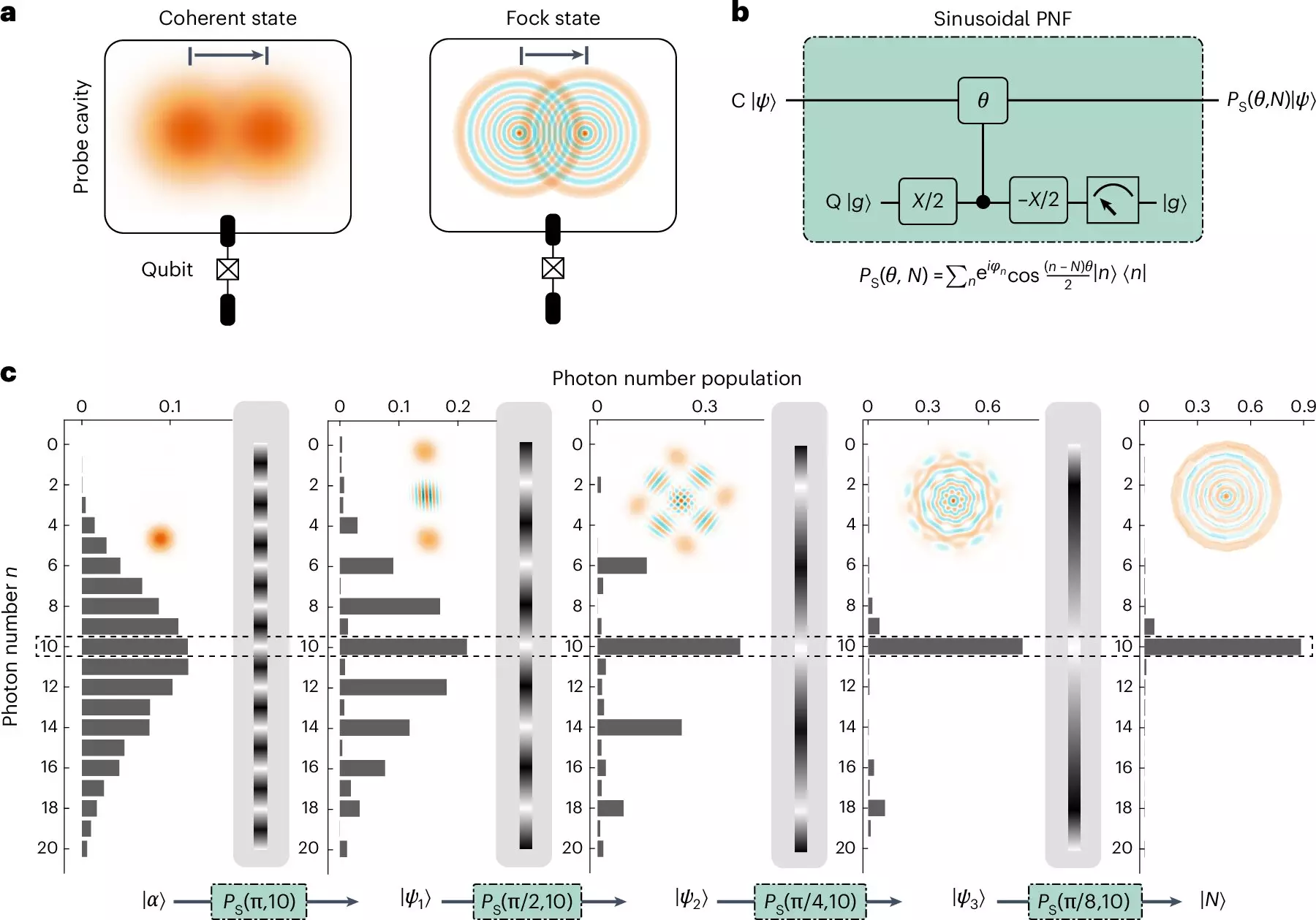The field of measurement science has always thrived on precision. The quest for higher accuracy in measurements is fundamental to advancements across diverse scientific disciplines. Physics, a cornerstone of technological progress, increasingly relies on high-precision measurements to discover new phenomena and validate complex theories. This drive for greater accuracy has led to the adoption of quantum-enhanced metrology techniques, which harness the peculiar properties of quantum mechanics, promising advancements that exceed the limitations of classical methods. However, effectively manipulating non-classical states to achieve desired measurements remains a challenging task for researchers.
Recently, researchers from prominent institutions—including the International Quantum Academy, Southern University of Science and Technology, and the University of Science and Technology of China—introduced innovative methodologies to realize quantum-enhanced metrology. Their groundbreaking findings, published in the esteemed journal Nature Physics, represent a significant step forward in the efficient generation of large Fock states, boasting up to nearly 100 photons. Fock states, which are defined quantum states characterized by fixed photon numbers, have remarkable applications in high-precision measurement scenarios, particularly in the detection of weak microwave electromagnetic fields.
Yuan Xu, a co-author of the pivotal study, notes that microwave Fock states housed within a superconducting cavity are particularly promising due to their fine interference structural features in phase space. The sensitivity of these states allows researchers to detect minute shifts induced by external fields with exceptional accuracy. The ability to discern subtle changes becomes increasingly potent as the number of photons increases—the more photons present, the more refined the interference patterns, ultimately leading to heightened detection precision. The essence lies in leveraging the quantum mechanical properties that allow for such refined measurements.
Innovative Techniques for Fock State Generation
To unlock this potential for enhanced measurement accuracy, Xu and his team developed a novel approach that employs two specialized kinds of photon number filters (PNFs)—sinusoidal and Gaussian. These filters use a unique coupling of an ancilla qubit—essentially a helper qubit that interacts with the quantum state in the cavity—to selectively manipulate photon numbers. The sinusoidal PNF operates through a conditional rotation mechanism integrated into a Ramsey sequence while keeping the ancilla qubit in its ground state. This setup selectively blocks certain photon numbers, similar to a grating that filters light, allowing for the focused generation of desired Fock states.
Conversely, the Gaussian PNF processes the qubit through a Gaussian envelope pulse, effectively compressing the photon number distribution and shifting it toward targeting a specific Fock state. The synthesis of these two techniques culminates in a highly efficient process that significantly reduces the complexity and resource requirements compared to earlier methods, dramatically enhancing the feasibility of generating large Fock states.
Significance of the Findings
The implications of the team’s innovations are profound. The approach stands out not only for its efficiency—where the needed circuit depth rises logarithmically with photon counts, as opposed to polynomial growth—but also for its practicality in real-world applications. These advances in quantum metrology could significantly impact various fields, from fundamental physics research to practical applications such as high-precision radiometry and dark matter detection. The researchers successfully achieved a metrological gain of 14.8 dB through their method, pushing toward the elusive Heisenberg limit, thus establishing a new benchmark for measurement technologies.
Future Directions and Potential Applications
Looking forward, Xu and his colleagues have ambitious plans to refine their quantum-enhanced metrology techniques. They intend to focus on optimizing the coherence performance of their quantum systems. Enhancements in coherence and the development of scalable quantum control techniques will be critical to increasing the number of photons utilized, leading to even greater metrological gains. The potential applications of their work are vast and could translate to groundbreaking discoveries across multiple scientific domains.
The evolution of quantum-enhanced metrology promises a seismic shift in how precise measurements are undertaken in various scientific fields. The pioneering work led by Xu and his team marks a significant leap toward realizing the full potential of quantum mechanics in practical settings. By harnessing the extraordinary capabilities of Fock states and optimizing measurement techniques, researchers stand on the brink of a new era where precision is no longer limited by classical constraints, heralding exciting advancements in technology and deepening our understanding of the quantum world.


Leave a Reply